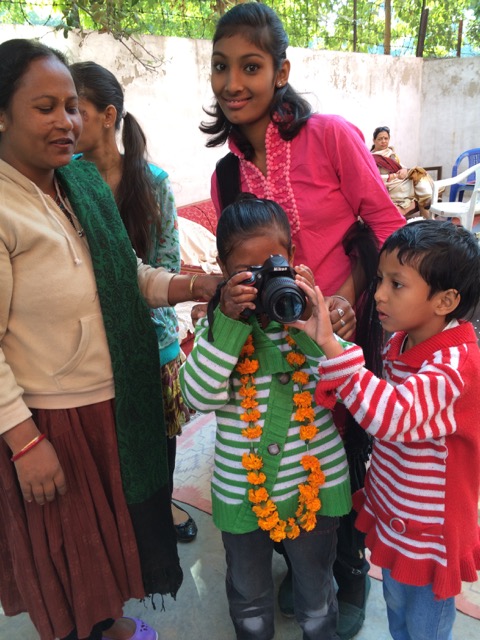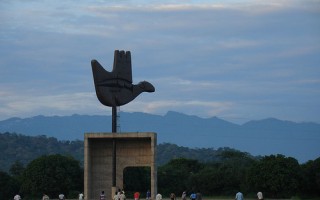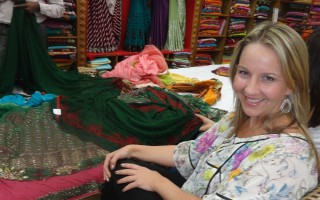
Chandigarh remains a vivid memory of mine especially our visit to a women’s shelter. A few pictures cannot adequately describe the emotional reaction to seeing and hearing of the plight of these women (plus two little girls living there with their mother). To give you a sense, I chose these four pictures and will tell […]

Chandigarh, know as The City Beautiful, a Union Territory, and the capital of Punjab and Haryana in north India is also named as “the best place to live” and the “most planned city” in India. The city of Chandigarh was conceived immediately after India‘s Independence in 1947. With the partition in the subcontinent, Lahore, the […]

Traveling, for me, is not only beautiful and enriching because of the deep histories, architecture, gastronomical culture, languages, and myriad of landscapes and climates; it is beautiful as you are exposed to so many people in the country, while you are journeying to the destination. Through the people is how we are able to break […]